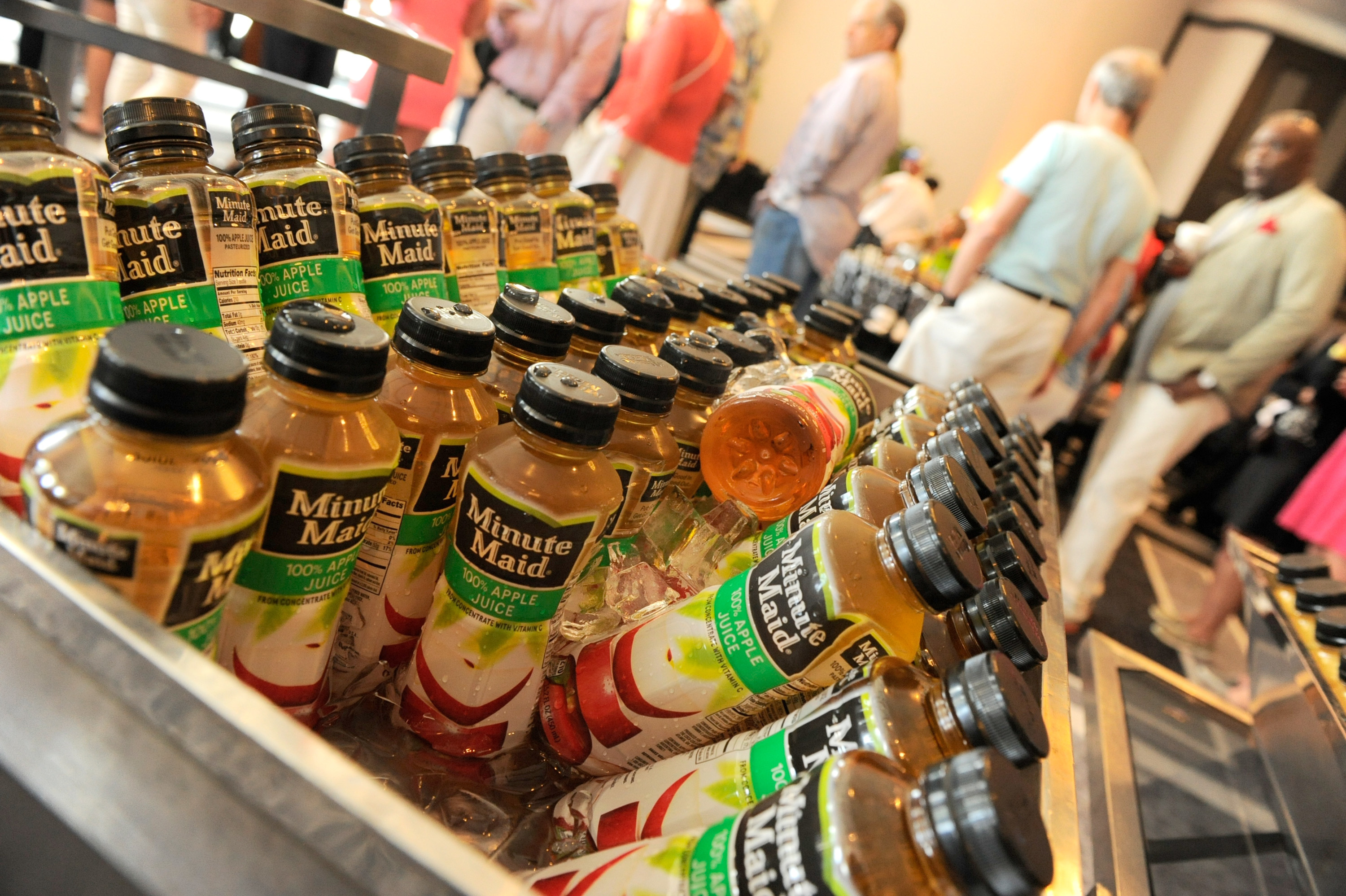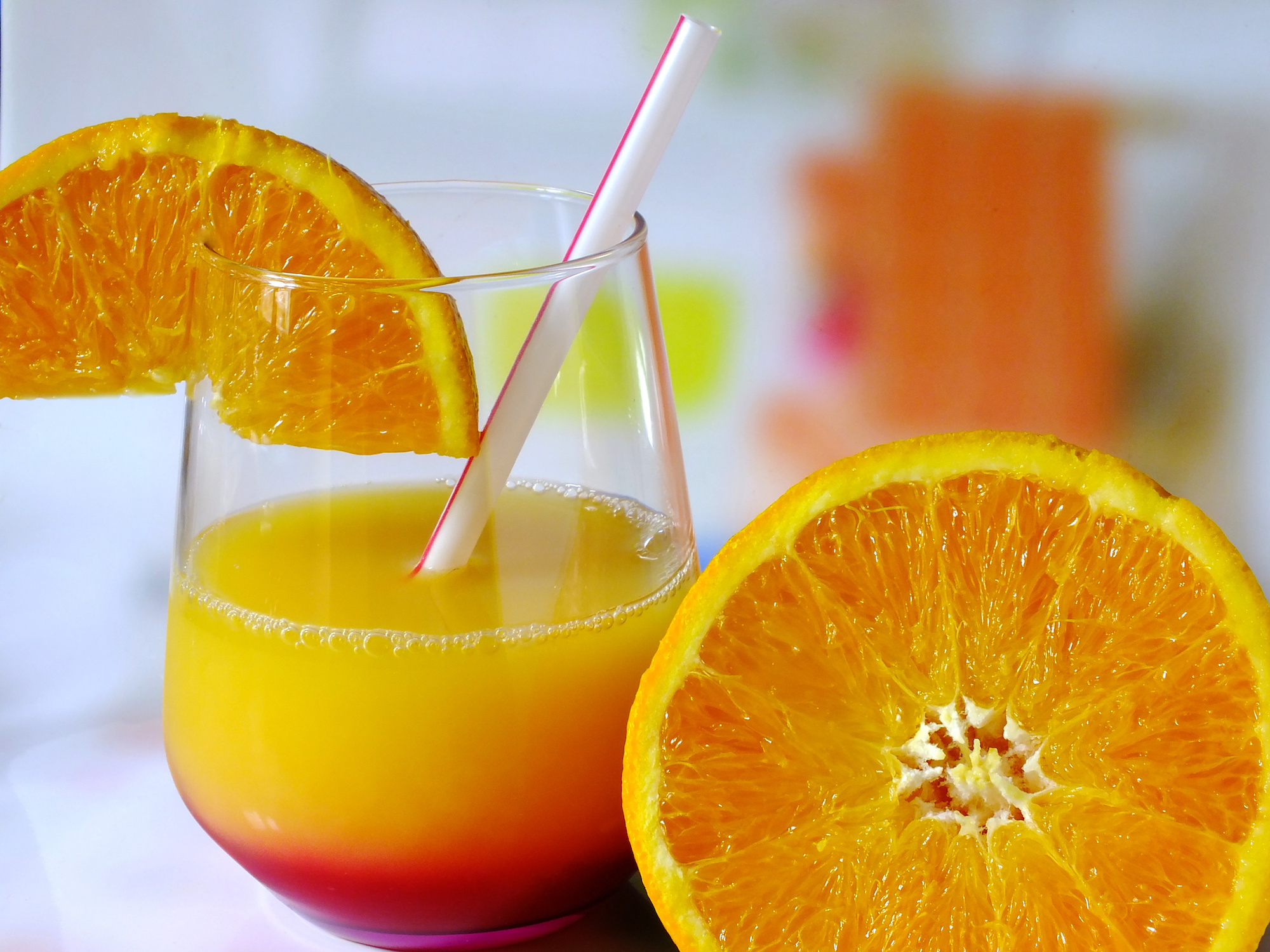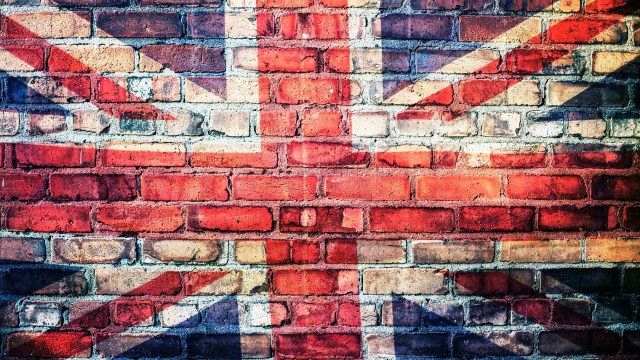Will Philadelphia’s Soda Tax Solve Obesity?

Philadelphia recently enacted a soda tax to become effective as of January 2017, but it’s not the first city to do so. Berkeley, California was the first municipality to enact a soda tax, and New York City tried to eliminate “jumbo-sized” sugary drinks back in 2012. Soda taxes generally function by imposing a per ounce fee on beverage distribution companies for each sugary drink they sell.
President Obama hinted at a national soda tax in 2009, but has since backed off the idea. Some feel a national tax could bring much needed revenue to programs such as the Supplemental Nutrition Assistance Program (also known as food stamps). But any such national efforts are probably a long way off.
Philadelphia’s new tax will require distributors of sugar-sweetened beverages or artificially-sweetened beverages to pay a 1.5 cents per ounce fee to the City of Philadelphia. The tax is meant to deter consumers from purchasing large quantities of soda beverages, through public awareness and price increases that could get passed down to individual purchasers.

The funds from the soda tax could add up pretty quickly for Philadelphia. There’s an expectation that the tax will add an additional $91 million annually to the city budget. The mayor of Philadelphia suggested using the funds to develop a pre-kindergarten program for all the three- and four-year-olds in the city.
Some see the tax as a big step forward for public health efforts, particularly obesity-reduction. While others worry that the efforts are regressive, pointing to the fact that presidential candidate Bernie Sanders spoke out against the tax because it could disproportionately affect low-income people.
The jury is still out on the effectiveness of soda taxes. While there’s not much hard data around yet, a professor of Public Health at UC Berkeley says that rising prices on soda and reduced consumption are signs that the tax is beginning to do its work. Another professor notes that the City of Berkeley has gained over $600,000 in the first few months alone from the new law.
On the opposite end of the spectrum, a study out of Cornell University and the University of Iowa suggested that soda prices in Berkeley haven’t been rising all that much due to the tax. If consumers don’t see the impact of the law on their wallets, they might not be deterred from future purchases.
Over the past few years, Americans have started to understand the ways that soda and other sugar-sweetened beverages can wreck havoc on the human body. When you drink soda the sugar content stimulates the pancreas to release insulin, a hormone that transports sugar into the bloodstream. After a few minutes of this, the liver will begin turning the sugar into fat to be stored. Weight gain from excess fat can lead to all kinds of health issues later on.
But it’s not just the sugar content that’s problematic. The caffeine in many sodas causes blood pressure to rise. It also leads to dopamine release, which stimulates the brain to feel pleasure. The vicious cycle continues, and you reach for the next soda.
In fact, sodas are highly addictive beverages. Some of the reason is psychological. For instance, if you associate sodas with a particular routine or behavior, you might get triggered to drink them in certain contexts. Caffeine itself is also mildly addictive, which explains some of the reliance on certain types of soda beverages. Sugar is another substance that many people develop an addictive relationship with over time. The high quantities of sugar in many beverages have been noted as injurious to health if imbibed too frequently.
Some beverage companies are resentful to get lumped in with sodas, however. The CEO of Sparkling Ice Beverages says that “virtually everything in the beverage aisle will be taxed,” even though his drinks contain no calories, sugar, nor salt. He’s also wary of exceptions to the tax, which include beverages containing more than 50 percent milk or 50 percent fruits and vegetables. The loopholes mean that sugary flavored milk, for instance, could avoid the additional tax, while other beverage manufacturers get flagged.
Taxes on soda aren’t the first attempt to warn consumers about their harmful impacts. Another idea that’s been thrown around is putting warning labels on high-fructose beverages. But those sorts of strategies haven’t been proven to be very effective, since company marketing can override the benefit of warning labels. Getting obesity rates under control in the U.S. could take a multiple prong effort.
Studies show that taxing consumer items deemed bad for health, so-called “sin taxes,” can lead people to reduce their intake of those substances, at least slightly. Mexico’s soda tax is definitely reducing consumption. But many also argue that the regressive costs outweigh the benefits and that using revenue from sin taxes responsibly can be a challenging prospect.
—
Header Image: JOEL SAGET / Getty Images
Save
Save
Save





